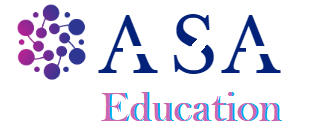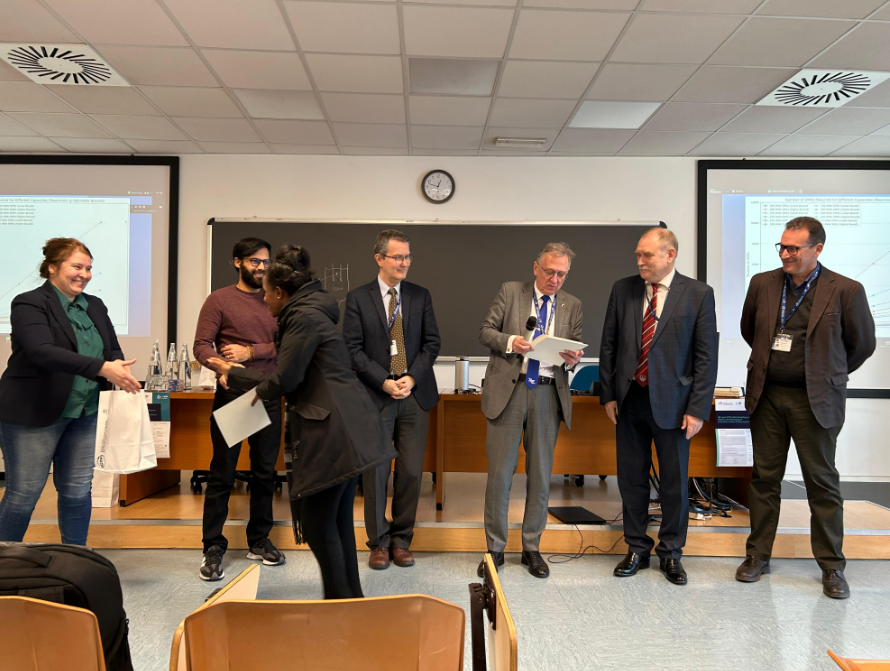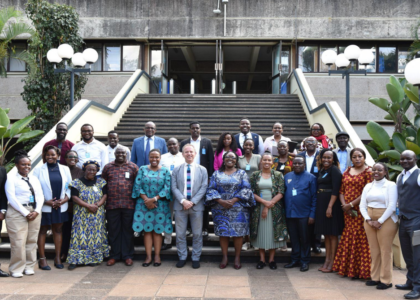By Rumbidzai Adebayo
Africa needs to boost education in Science, Technology, Education, and Mathematics (STEM) to develop its human capital and accelerate progress toward the 2030 Agenda for the Sustainable Development Goals and the African Union’s Agenda 2063. African countries have subsequently been taking measures to strengthen access to STEM education, establishing initiatives such as the Continental Education Strategy for Africa 2016-2025 (CESA 16-25) and the Science, Technology, and Innovation Strategies for Africa (STISA-2024).
African countries also decided to invest at least 1 per cent of GDP towards the development of Science, Technology, and Innovation (STI) while creating the political impetus for the implementation of policies on STEM education at the highest level of decision-making. This resulted in the creation of a committee of ten heads of state and government to champion education, science and technology on the continent. African countries subsequently developed policies and mechanisms to mainstream STEM education in the national development framework.
However, challenges remain, undermining these African initiatives to promote STEM education.
Public spending inefficiencies
The inefficiency of public spending for education is a key challenge, as highlighted in the 2022 Report of the UN Secretary-GeneralOpens a new window on the New Partnership for Africa’s Development (NEPAD). This inefficiency costs Africa US $12 billion. This is a particularly considerable number, considering it is not always clear how much of the resources African governments are investing in education get allocated to STEM education.
There is also the issue of governance and accountability mechanisms – such as policy development, support structures for budgeting, monitoring and evaluation, etc. – which often are not adequate to allow for the reliable implementation of STEM education initiatives. Therefore, investments, including those required to establish STEM-friendly schools, increase the number of STEM-trained teachers, and close the STEM gender gap, do not consistently deliver the expected results.
Inequalities in education
Another challenge is the inequalities between urban and rural areas, which limit the promotion of STEM education. Schools in wealthier urban areas attract the lion’s share of investment at the expense of schools in underprivileged, rural areas. The result is a disparity in access to infrastructure and qualified teachers, a “teacher gap” that is creating a vicious cycle that further accentuates the urban-rural divide.
To tackle the issue, several African countries have been boosting access to universal primary education, particularly in underprivileged communities, leveraging social protection programmes, such as school feeding initiatives organized with the UN’s World Food Programme (WFP) and other partners to increase student enrollment. While the number of underprivileged children who have access to STEM education has subsequently increased, the result has not been enough. Urban-rural inequalities continue to persist and are compounded by other factors such as gender equality, disability, etc.







